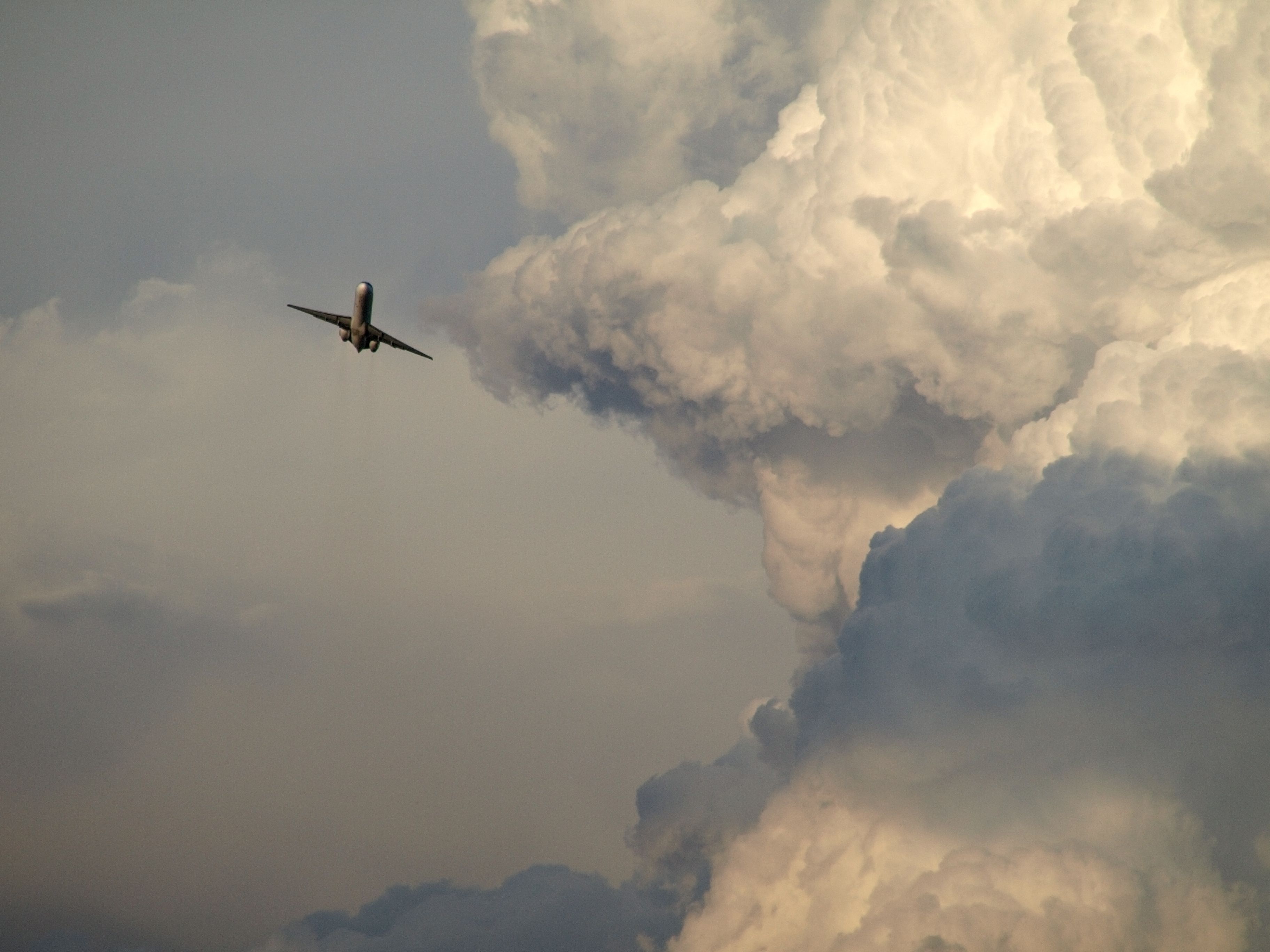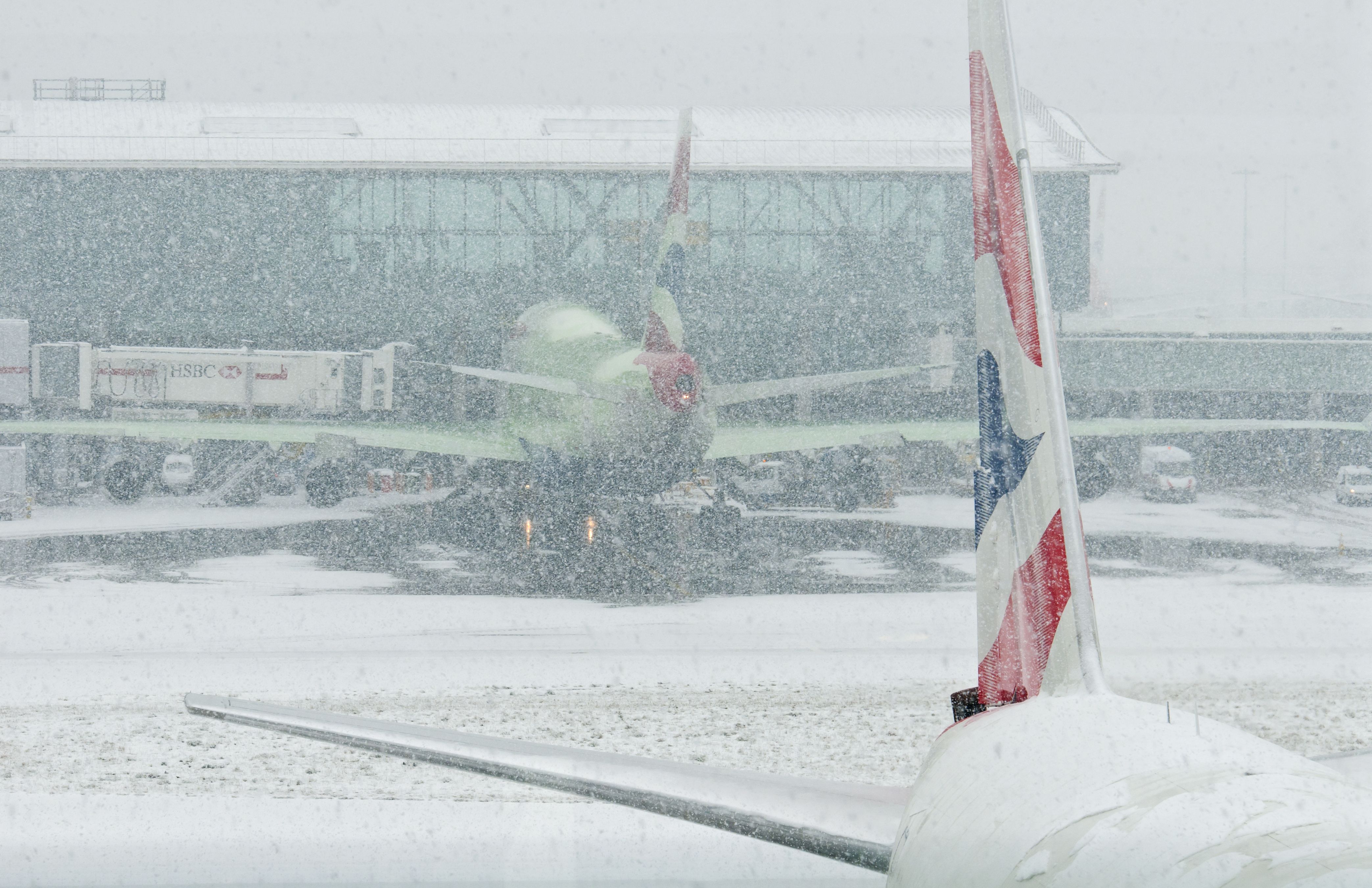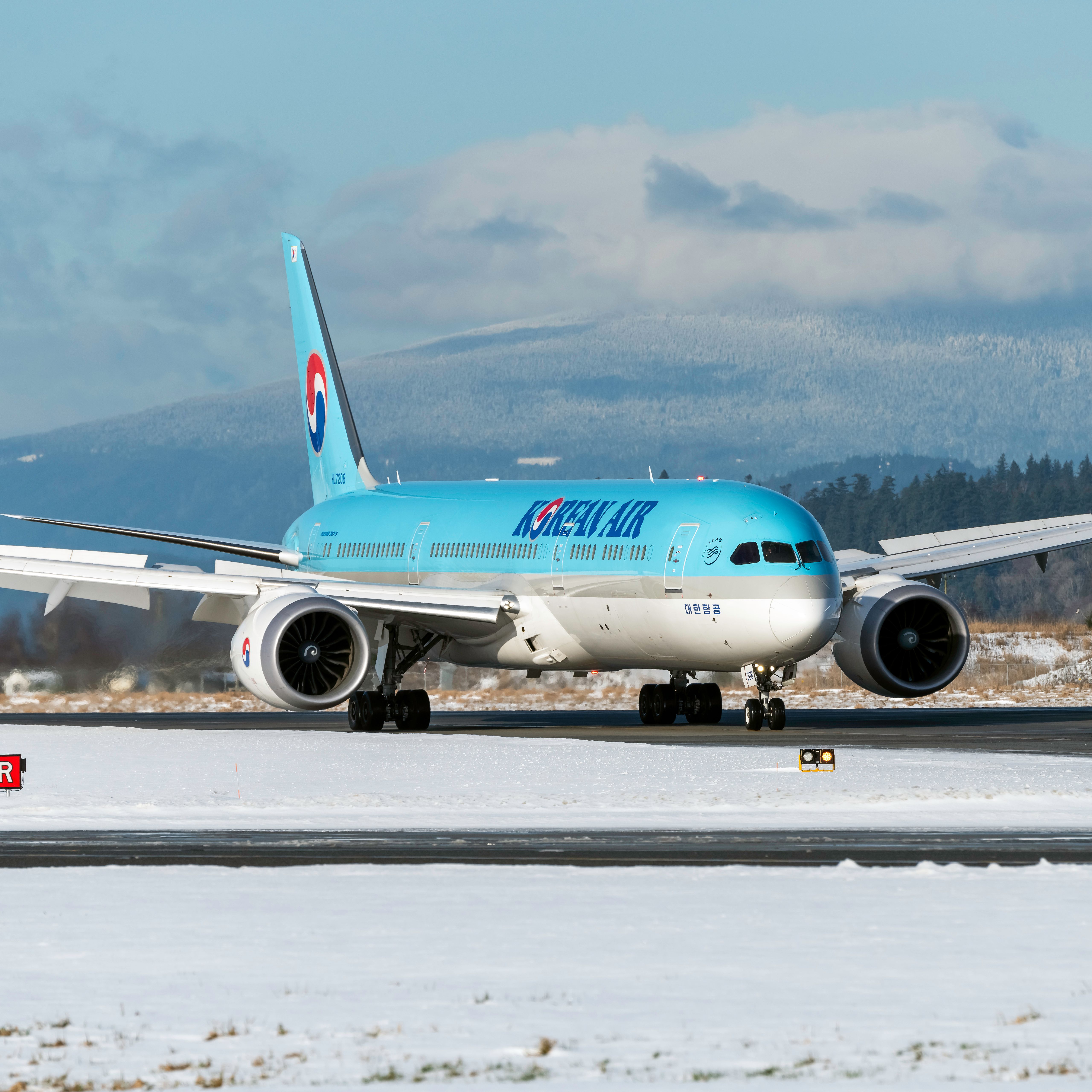Diverting isn't fun for anyone. Passengers are late and misconnect, pilots and flight attendants are reassigned from their trips, and aircraft end up out of position. Diverting is cumbersome, but it is a part of the aviation experience. Let's discuss what leads to diversions and how pilots manage in-air destination changes.
Why diversions happen
A leading cause of diverted flights is the weather. Pilots know when the weather at their destination is forecast to be marginal. Dispatchers add contingency plans should the weather preclude the flight crew from landing at their intended airport. Extra fuel is loaded before the flight departs to ensure it can safely hold and make it to a planned alternate when the weather is poor.
In rarer instances, the weather deteriorates during the flight, and pilots don't have the fuel to attempt an approach to their destination. This would require a diversion based on how much fuel pilots anticipate landing with.
In even more uncommon instances, a very strong headwind might take a greater toll on the fuel plan than forecast. Pilots must land the plane with 30–45 minutes of fuel, depending on the day's conditions, so pilots will land at a nearer airport if fuel is in question.
Diversions frequently happen for passenger medical issues. Flight attendants and pilots are trained with assessment matrices to determine the criticality of health concerns onboard. If needed, the flight crew can connect with healthcare providers via satellite communication in-flight and will divert flights to get an ill passenger to a hospital.
Another passenger-based reason for diversions is threatening behavior. Again, crews have a way to categorize the threat of a passenger's behavior, and if bad enough, will divert a flight to have the bad actor removed by local authorities. As an aside, another large percentage of diversions is due to mechanical issues.
Planning a diversion
Pilots usually make a plan to divert in consultation with their dispatcher. Every flight is tracked by a dispatcher while airborne and is easily reached via ACARS or radio. Dispatchers have a bird's eye view of the flight and will recommend where the pilots can divert. During emergencies that require immediate landings, pilots consult air traffic controllers for the nearest suitable airport and inform their dispatchers when time allows.
Want answers to more key questions in aviation? Check out the rest of our guides here.
When dispatchers and pilots plan a diversion, they need to ensure that the airport they are planning a diversion to can handle the aircraft. Some smaller airports are limited on how many passengers can be accommodated simultaneously. If many other flights have diverted to that airport already, the pilots might have to find an alternative.
Carrying out the diversion
The pilots have to communicate their diversion intentions to ATC. They are then given clearance to their diversion airport, which needs to be loaded into the flight management computer. Pilots must then verify the route, evaluate the fuel required, and obtain an amended flight plan from dispatch with the new fuel values. If they haven't already, pilots double-check the weather and brief the approach they will fly.
After landing, the pilots must coordinate with the ground crew to determine whether passengers will stay onboard or deplane. The captain might delegate roles and have the first officer talk to the station manager while communicating with dispatch and operations. If many flights have diverted, they will likely be metered to their destination to ensure they don't have to divert again due to congestion. If the crew is about to "time out," the flight might be canceled until the next day.
The bottom line
Diversions are as un-fun for pilots as they are for passengers. Likewise, airlines lose a lot of money rerouting passengers, paying for hotels after misconnections, and purchasing extra fuel. Pilots always try to avoid diverting. Sometimes, it's simply the safest option.



